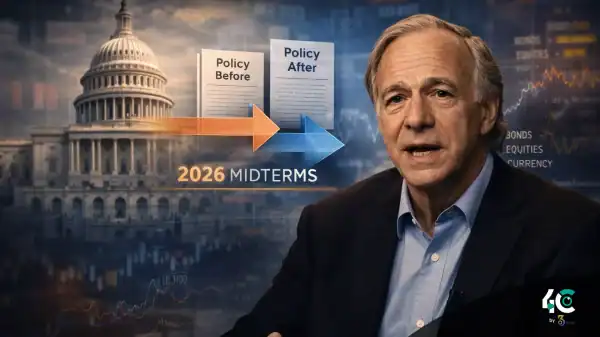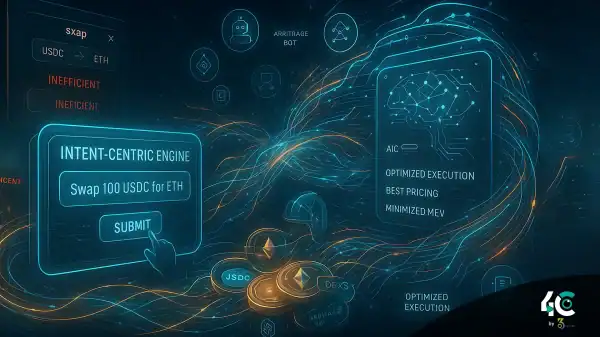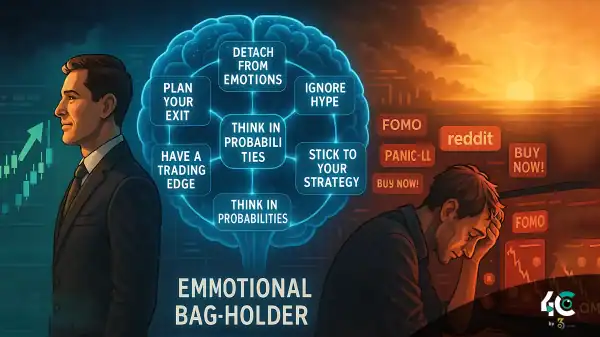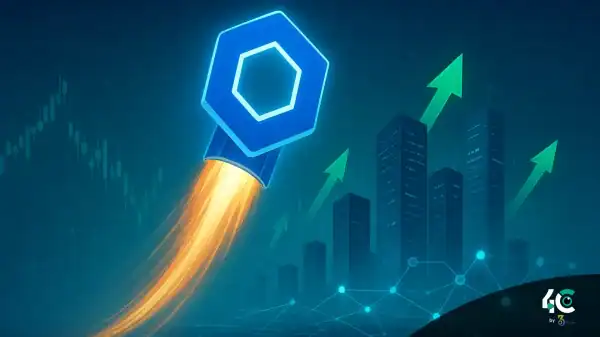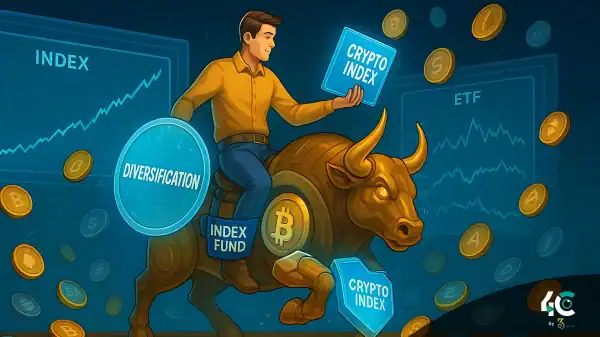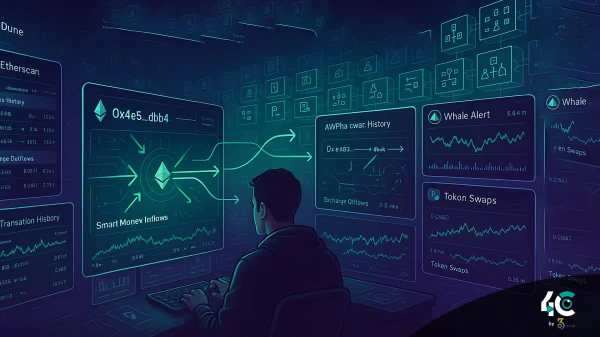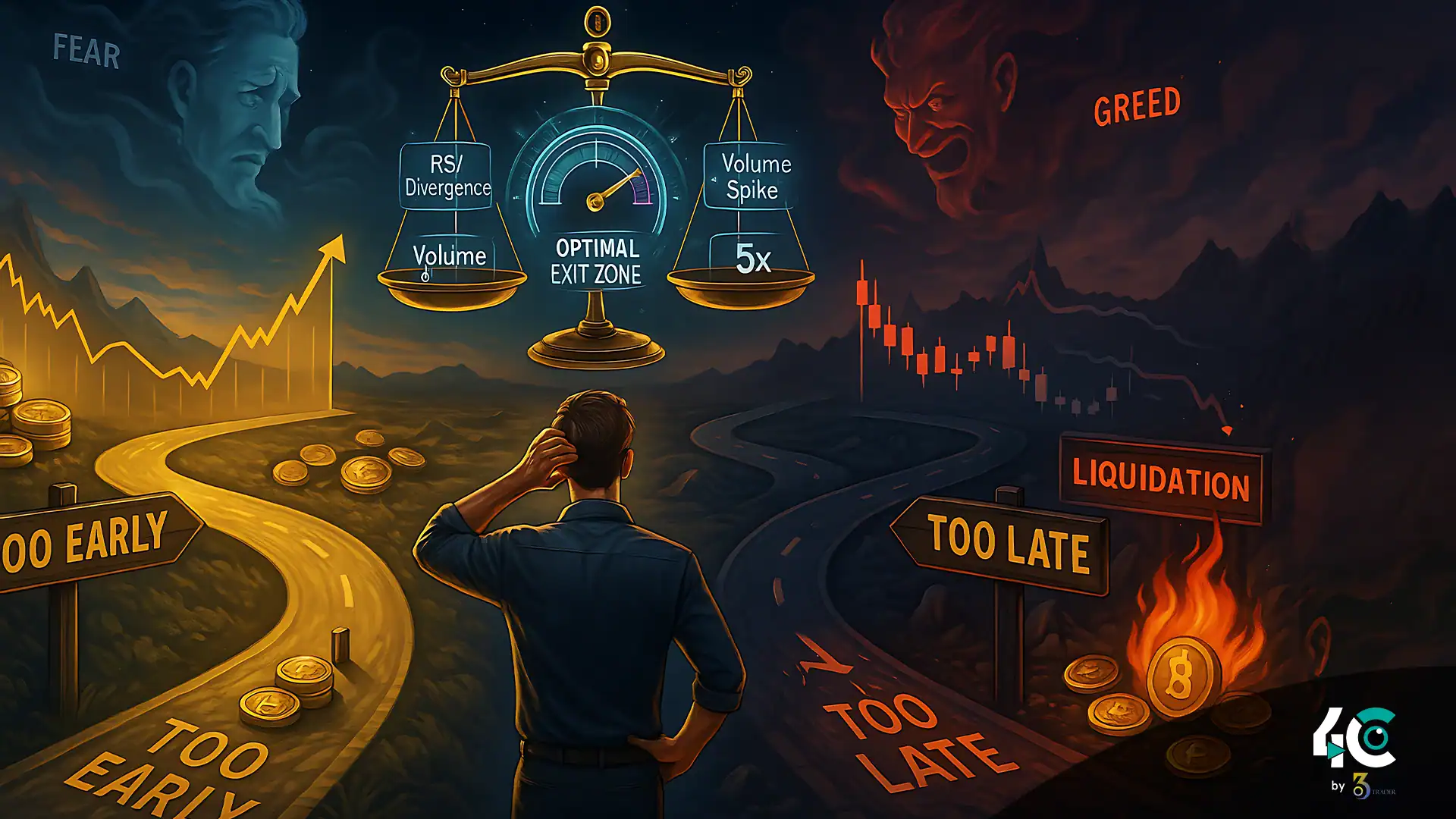All traders experience the same struggle: taking profit too early will lose profits, while holding for too long will lose them. Find out about this quant-approved approach that reconciles two extremes.
The Profit-Taking Paradox
Why Traders Lose Either Way
- Selling too soon can cost you 2x to 10x gains (think early Bitcoin sellers at $20K in 2020).
- Late exits often result in 50–90% drawdowns (like the 2021 altcoin crashes).
- A no-exit strategy turns winners into bagholder positions.
The main reason traders resist selling? Seven words: “What if it goes higher from here?”
The Institutional Solution: Scaled Exits
1. The Fibonacci Profit Ladder
- Sell 15% at 1.618x your cost basis
- 25% at 2.618x
- 30% at 4.236x
- Hold 30% with a trailing stop
Example: A $10,000 investment in Solana (SOL) at $20 per token:
- $32.36 (1.618x): $1,500 profit
- $52.36 (2.618x): $2,500 profit
- $84.72 (4.236x): $3,000 profit
- Remaining position trails to $120+ or is stopped out
2. The Volume-Weighted Exit
- Sell 1% of position for every $1B increase in daily trading volume
- Scales naturally with market liquidity
- Prevents slippage on large exits
3. The Sentiment Scale-Out
- Sell 10% when Fear & Greed Index shows “Greed”
- Sell 30% at peak “Euphoria” (check Google Trends)
- Sell another 50% gradually
- Leave 10% as a moonbag
The Psychology Hack: Mental Accounting
Why It Works
- Treats each sell tier as a separate trade
- Reduces regret bias about missed profits
- Balances conservative and aggressive trading impulses
Implementation Tips
- Label portfolio segments in your spreadsheet:
- “Secure” (sold principal)
- “Growth” (scaling exits)
- “Lottery” (moonbag)
- Use color-coded portfolio trackers to visualize exit strategy
The Perfect Exit Checklist
Know your purchase price and all incurred fees
Set sale levels in advance to avoid emotional trading
Use OCO (One Cancels the Other) orders for execution automation
Set aside 5% for “just in case” upside
Conclusion
The answer isn’t to perfectly time the market—it’s to build a system that:
- Guarantees profit-taking
- Preserves upside potential
- Automates emotional decisions




